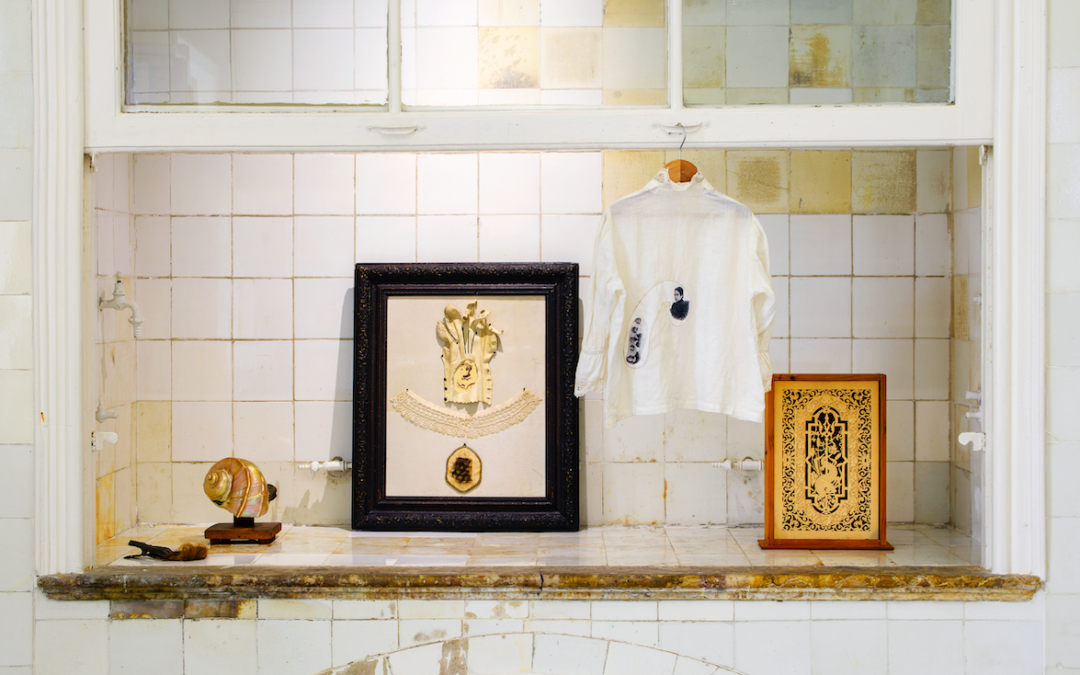The Seabranano and Seabrina installation comprises a myriad of inherited objects, heirlooms, organic matter and curiosities composed inside cabinets as an intimate echo of the artist’s family. ‘The feminine plays a very important role in this exhibition,’ says artist Constança Meira. ‘I belong to a family whose lineage is punctuated by single women. And this exhibition tells a story about that.’
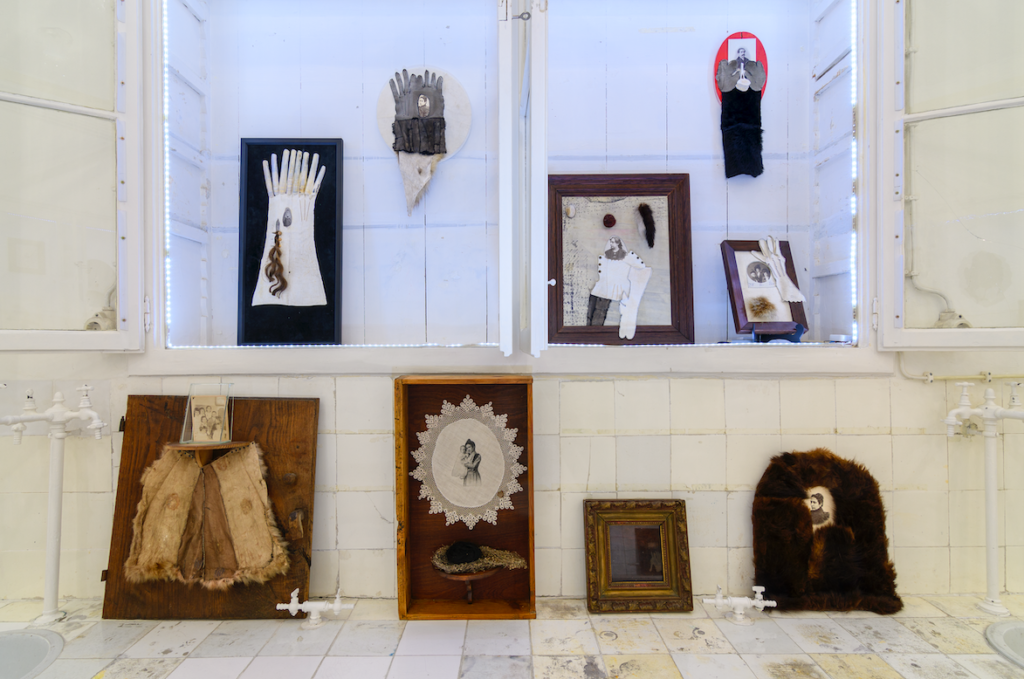
‘My maternal great-grandfather’s three sisters, beyond being single, were extraordinarily creative.’ One of them was a scientific illustrator who produced all insect drawings for her brother, Antero de Seabra (a pioneer of medical entomology and eminent Portuguese naturalist).
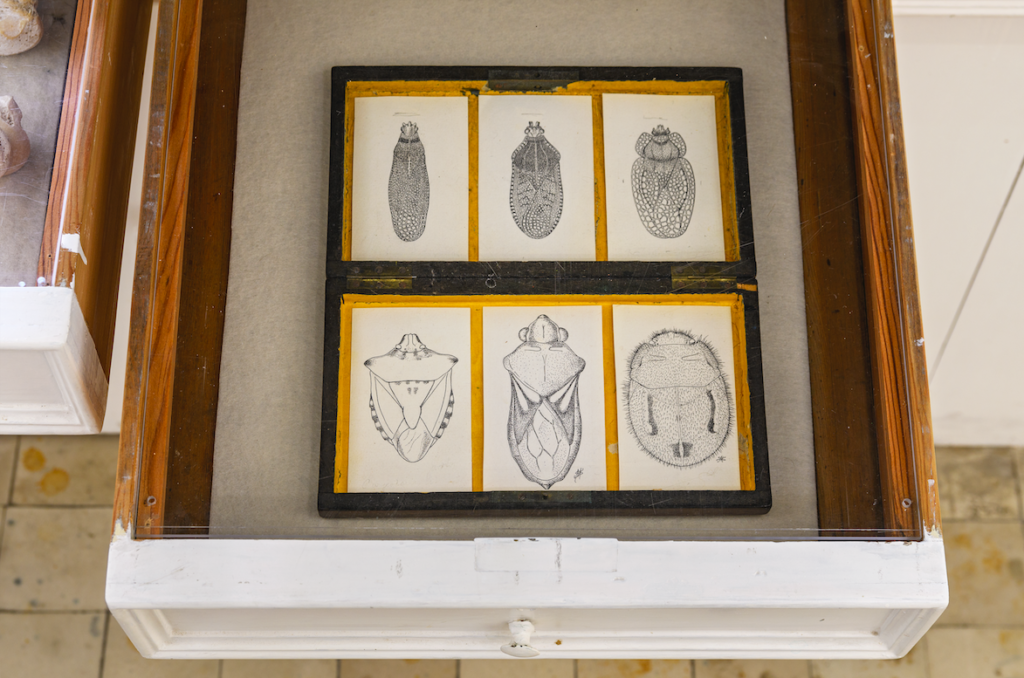
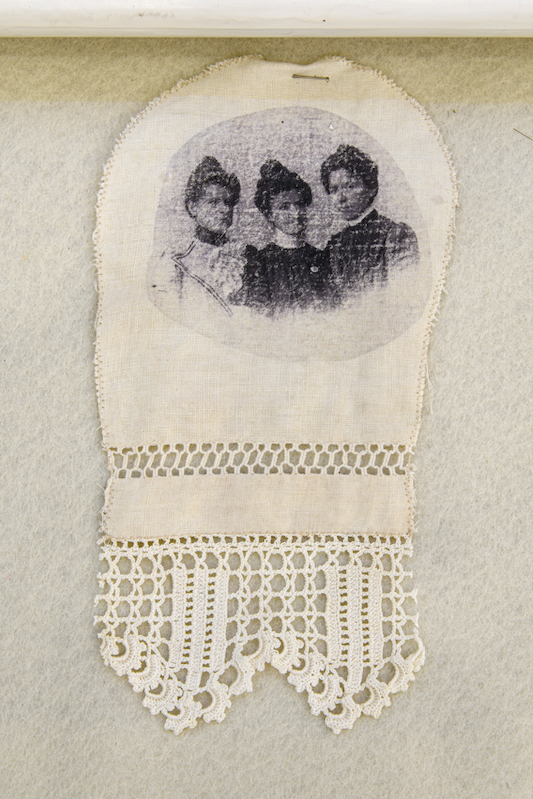
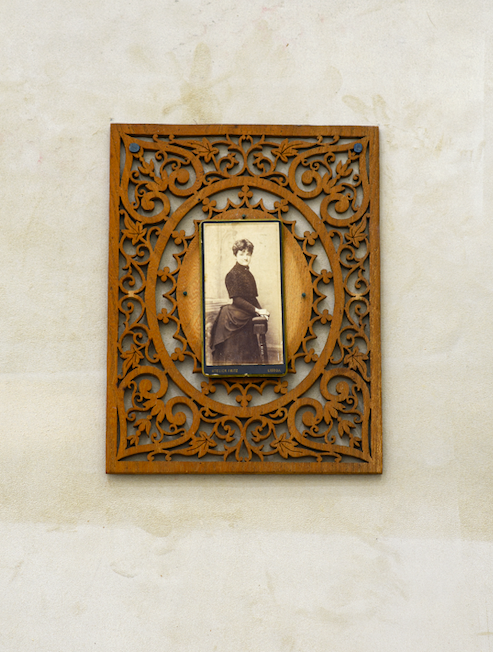
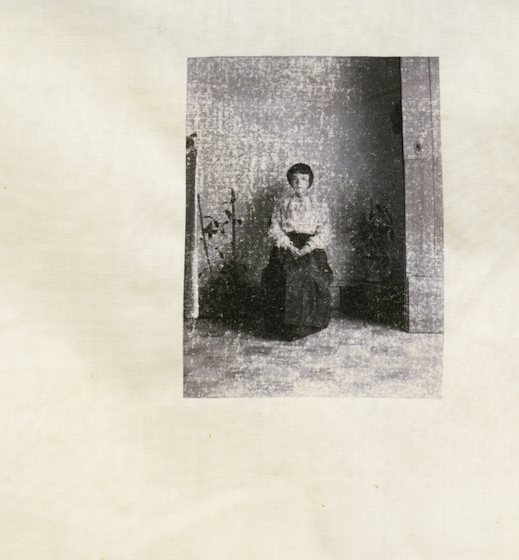
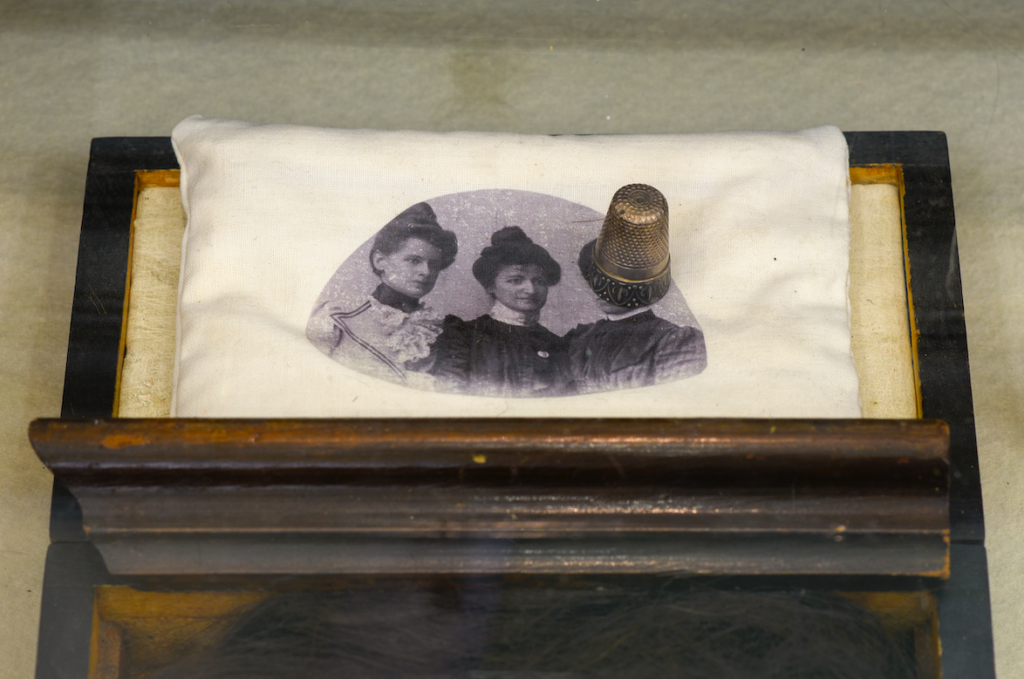
Antero de Seabra (1874 to 1952) was Constança’s great-grandfather. She presented her most recent work through a site-specific installation at the National Museum of Natural History and Science’s (MUNHAC) Laboratório Branco in Lisbon, Portugal. Upon his return to Lisbon, Portugal from studies at the Sorbonne in Paris, France, Antero de Seabra was the first assistant-preparator at MUNHAC until 1904. He then became curator of its Zoological section before becoming its Head Naturalist between 1918 and 1921.
The installation’s title, Seabranano and Seabrina, refers to types of hemipterous insects from the Portuguese fauna that were named after the artist’s maternal great-grandfather. It comprises familiar objects (papers, letters, photographs, gloves, nests, shells, drawings, magnifying glasses, minerals, boxes, etc.) that were collected to be reassembled and reconstructed, arranged in boxes, safes, frames, small plinths, or protected in transparent glass domes. These objects are intently organised with methodical and scientific precision yet transport you to an inextricable, complex and multi-layered emotional world anchored in Constança’s ancestral past.
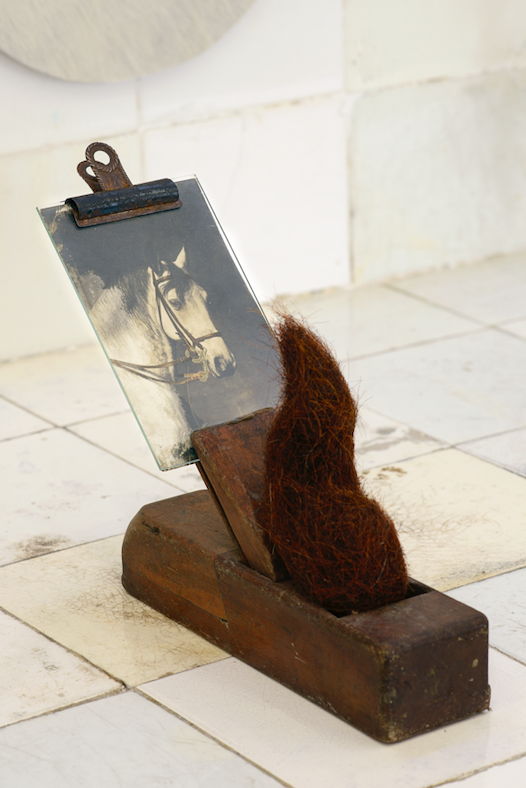
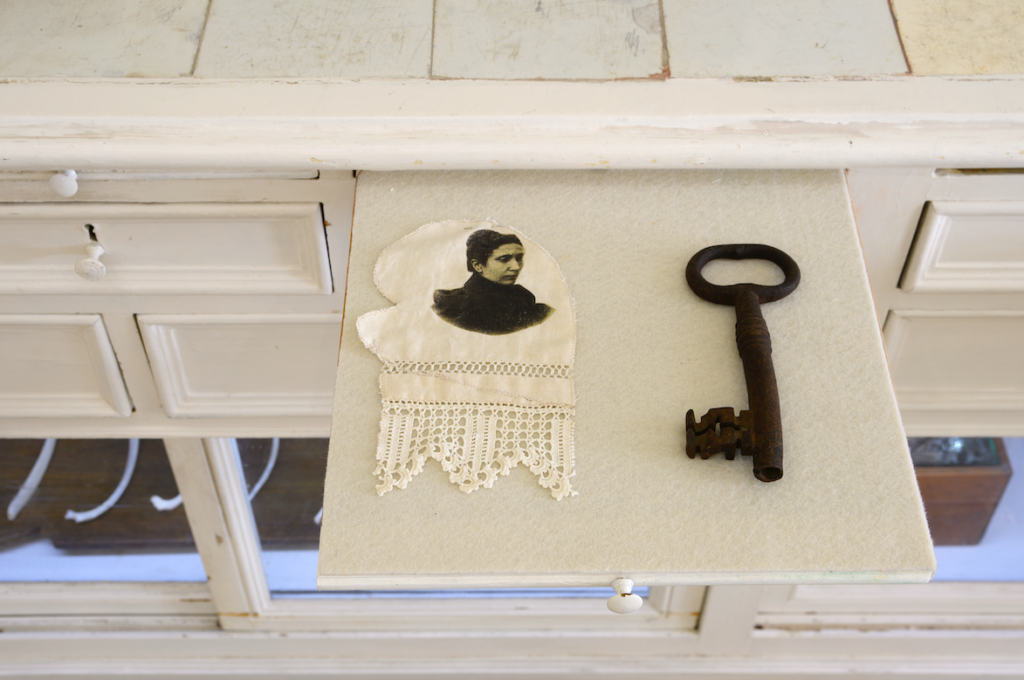
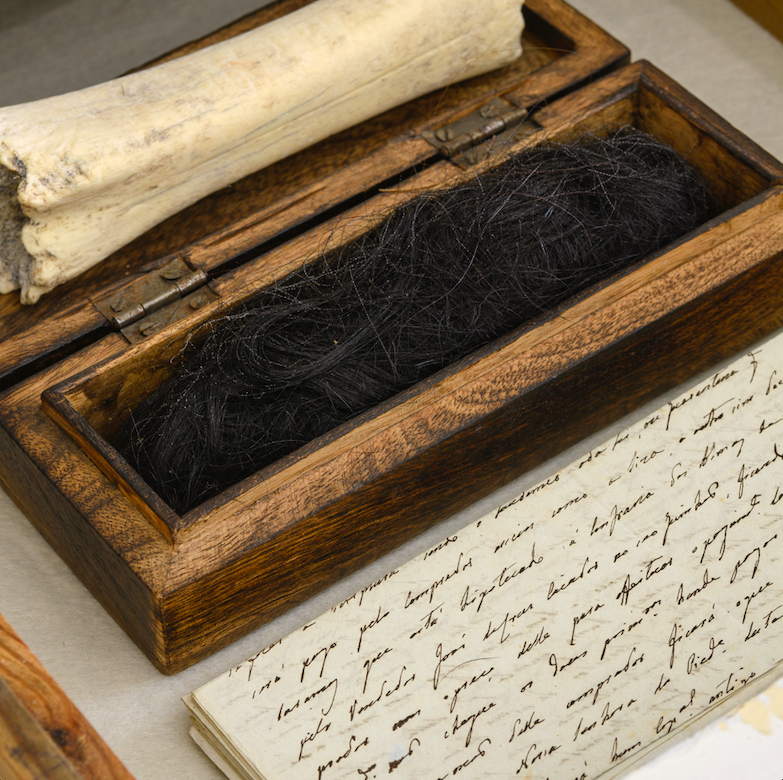
‘I found most of these objects on a large family farm that belonged to my grandfather when I was a 5-year-old child,’ explains the artist.
Her passion was to secretly venture to the attic to discover treasures inside a chest that burst with furs and with gloves, with clothing and with wood works, musical instruments and drawings, manuscripts, letters, poems. ‘I would spend hours and hours of my time alone in a fantasy land imagining how these people might have lived, what their interests were, who they were, and settling on ideas about how they might have spent their time – asking myself what kind of relationship they had with themselves and with each other as a family.’
The theme of death supplies a darker background on which Constança Meira brings out the tender tones of life through this exhibition and her instinct to do so suggests a reflection by Ram Dass, ‘…we get so busy mourning what died that we ignore what didn’t.’
Hugo Miguel Crespo, Historian at the University of Lisbon adds: ‘Constança’s reflection – which seeks to meditate on the family’s emotional heritage – could not be more appropriate for the space at Laboratório Branco. The enormous and irreparable loss of a large part of the museum’s collections in the fateful fire of March 18, 1978 – including the rich entomology collection, so well cared for by Antero de Seabra – is mirrored in the underlying loss vs. celebration of lineage as the installation’s central theme.’
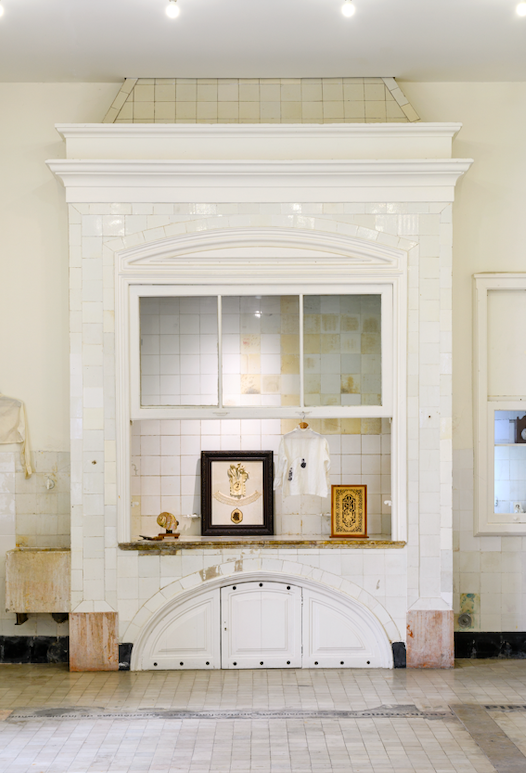
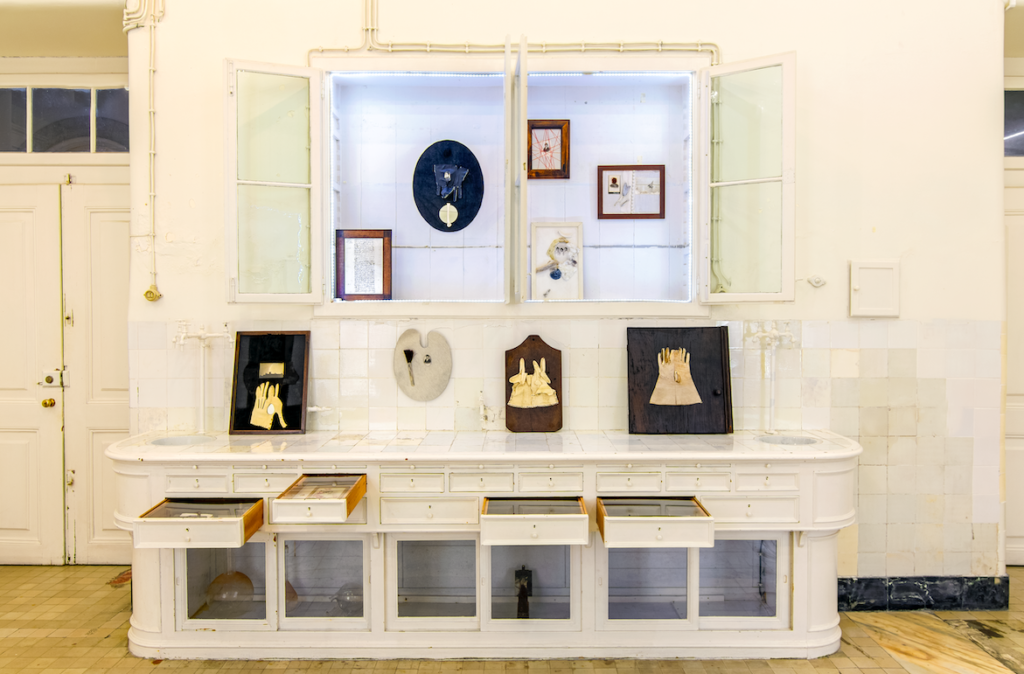
The installation pays homage to that side of the artist’s family and a closure of this lineage is mourned as well as its existence celebrated because the artist’s cousin and herself are the youngest women who will leave without descendants and a total of four single women in the family remain.
How did the artist’s exploration as a child translate to the culmination of this specific exhibition? When did she begin to tell the story of her roots through this representation and what is its purpose?
Constança Meira: ‘I think everything started when I saw a photograph of my aunt, Tia Palmira. Her spirit was alive in the image. I immediately got goosebumps and an intense response to the resemblance I felt between us.
‘I knew that I had to do something with the richness of the collection of these treasures. Before the family farm was sold, my mother asked me what I wanted. I told her I wanted everything from the chest: the furs, the gloves, the photographs, the clothing – everything.’
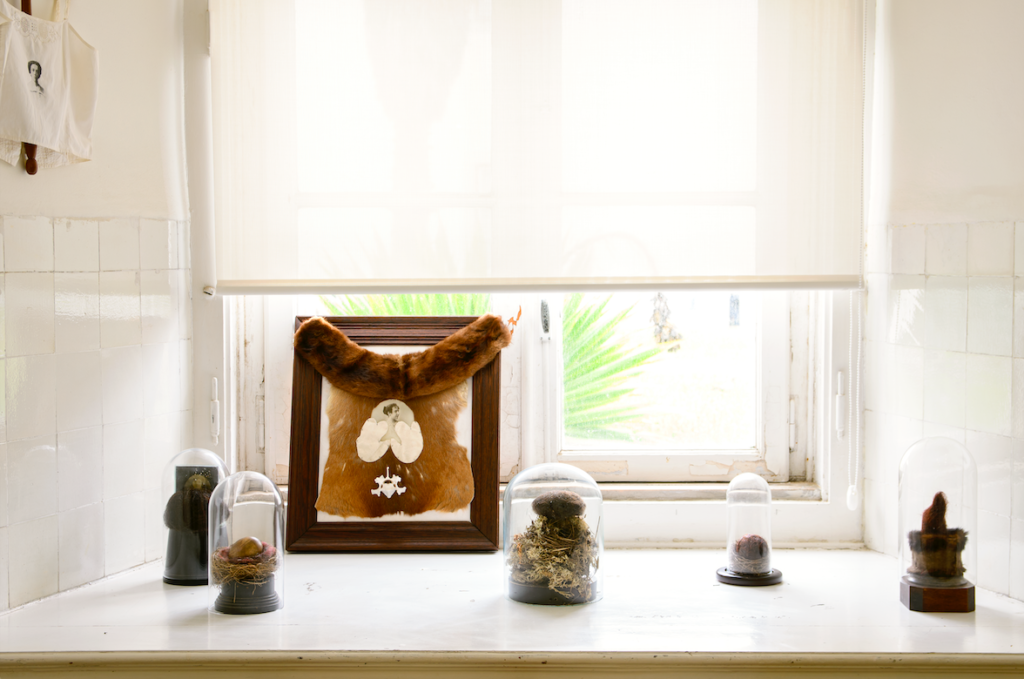
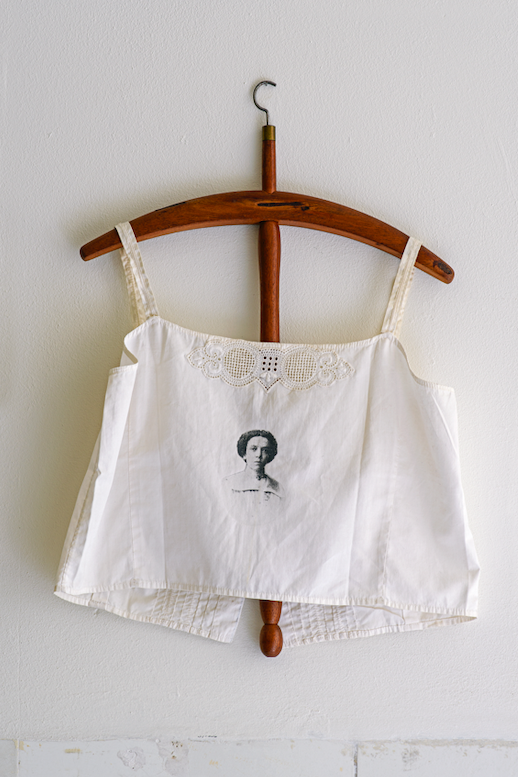
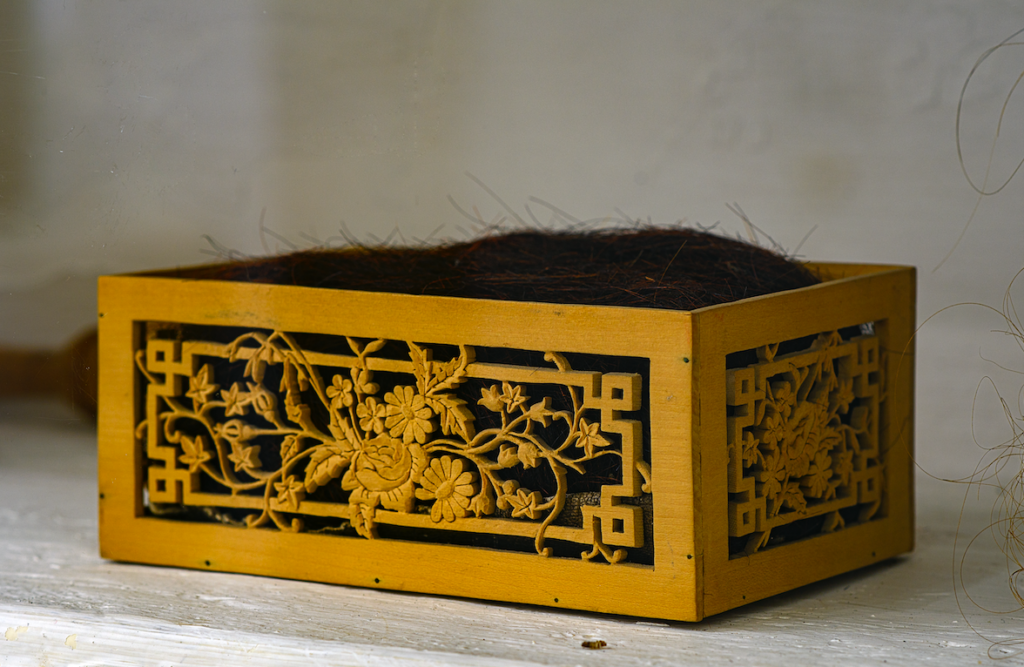
‘I had always dreamed of exhibiting in the White Laboratory because of the bond between this museum and my great-grandfather, but I never imagined that the dream would be realised.
‘The memory of my lineage lives on in these objects that people can continue to relate to. We have our own memories connected to everything that belongs to us. That identity is what drove my compositions.
‘Although I had everything in my possession a couple decades ago though I only began concentrating on this project half a decade ago. I thought of playing with an exchange between the old and the contemporary. I collected the nests by asking people to give me nests if they had any or found any. The nests in the installation represent the homes that we leave, that we ourselves abandon; and yet they remain. I asked a friend who has dogs to collect bones. These are important features of this project. I also collected my hair and my mother’s hair over the years.
‘The hair is a feature that continues to grow when we leave the body; from the womb to the death, it keeps growing. It’s delicate and strong and it is our identity.’
The magnifying glass is a symbol to represent the artist’s soul and a magnified aperture into her world. The element and use of sewing in the exhibition represents the theme of connection. The animal skins and furs represent another development of the work: ‘They symbolise our skin – our connection to life and death. We leave our skin behind when we die.’
Constança admits: ‘This was the most spiritual work I’ve done yet in my life thanks to an untouched degree of intimacy that I experienced on several levels. When working on Seabranano and Seabrina, I often engaged with three or four pieces at the same time, which made it vital to work with other people. Luis Carrapato, my long-time-assistant completed all the carpentry. My 25-year-friendship with a professional seamstress, Sandra Moira dos Santos, allowed me the privilege of having her sew onto fabrics and clothes. I also printed photographs on fabric. Family members to which these items belonged have passed away, yet they are still with me in a very personal and very silent way.’
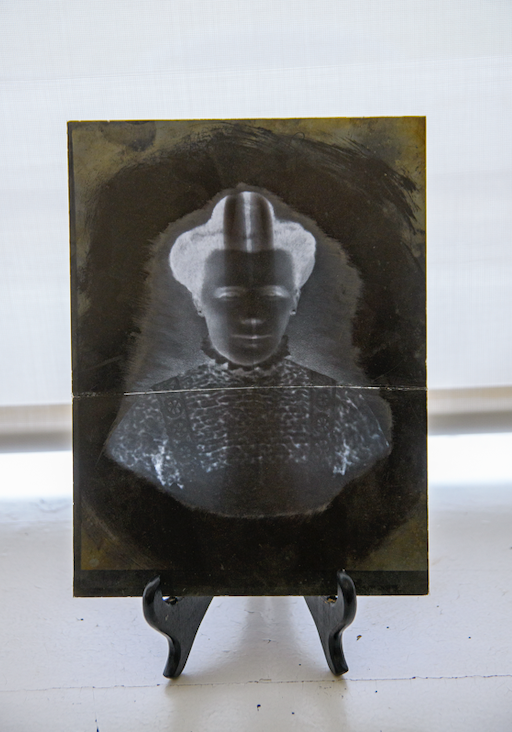
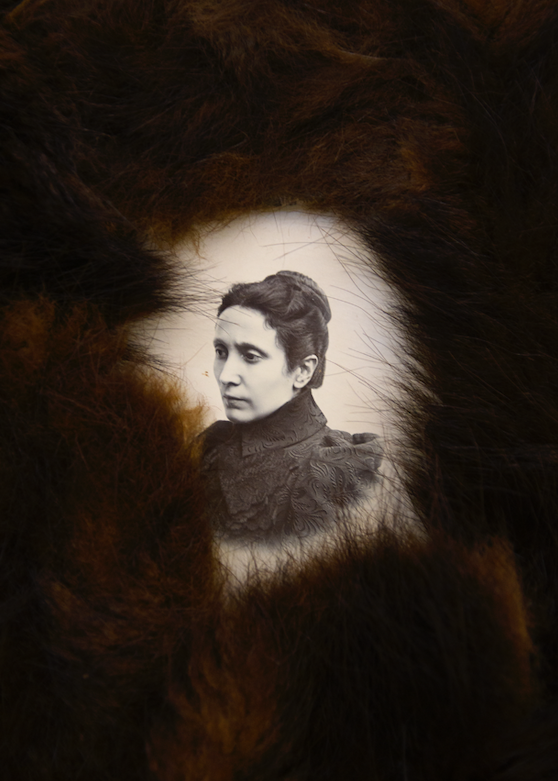
Experiences, memories, and feelings are palpably present in the pieces within this installation. This connects us to the people they belonged to, and to the people who worked on this project with the artist.
‘Seabranano and Seabrina is a celebration of life. These genuine and humane people are silent in photographs, yet they’re not inanimate. Their spirits are alive and their essence and identities survive in these objects that we contemplate and remember. This is something very rich that I’m grateful to share with everyone.’
Constança invites people into her world in a very open way. And it has the propensity to cause discomfort. The artist reveals that men react in a different way to women during a visit to the installation. ‘Men feel intimidated and vulnerable. They’ve even approached me to tell me that they feel they’re intruding!’
She adds: ‘The first impression of those who know me well claim that this exhibition could not be a clearer and more precise reflection of me and who I am. They mention how feminine, delicate and fragile it feels; but also how powerful, strong and durable it feels. And this is my experience of life.
‘This installation reveals what I’ve been going through and what life has taught me. I’ve learned how much I can surprise myself when I venture out of my comfort zone. The experience of discomfort is special, and I am grateful for it. Mourning is an intimate and personal practice, but it’s proportional to life’s appreciation. I have so much to give, and so much to love. I hope Seabranano and Seabrina declares that message.’
‘And as there is love in holding, there is love also in letting go.’
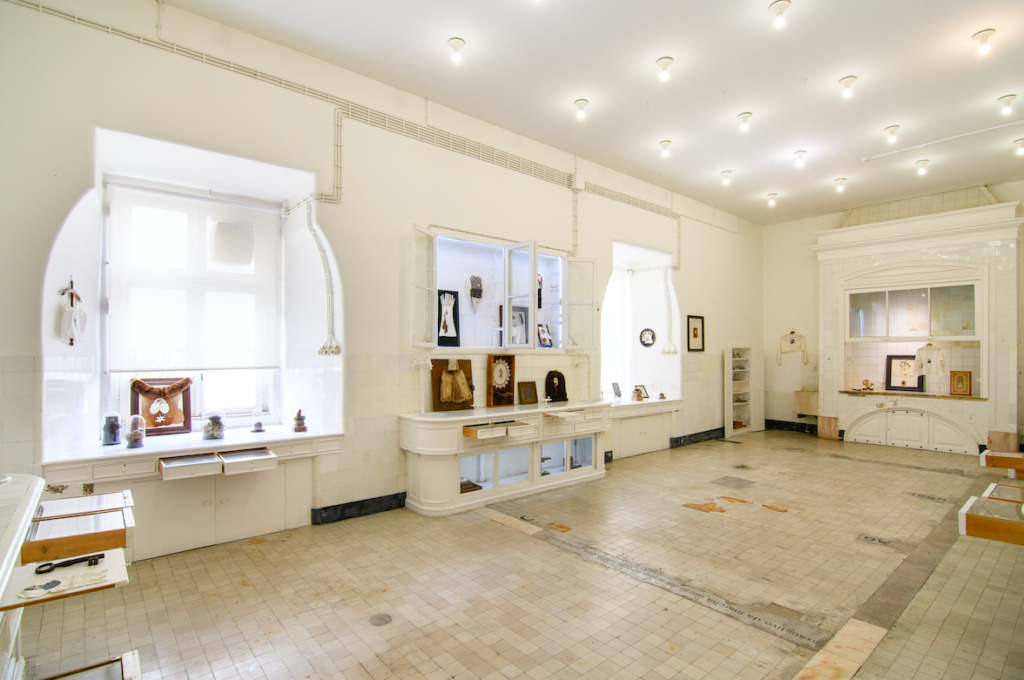
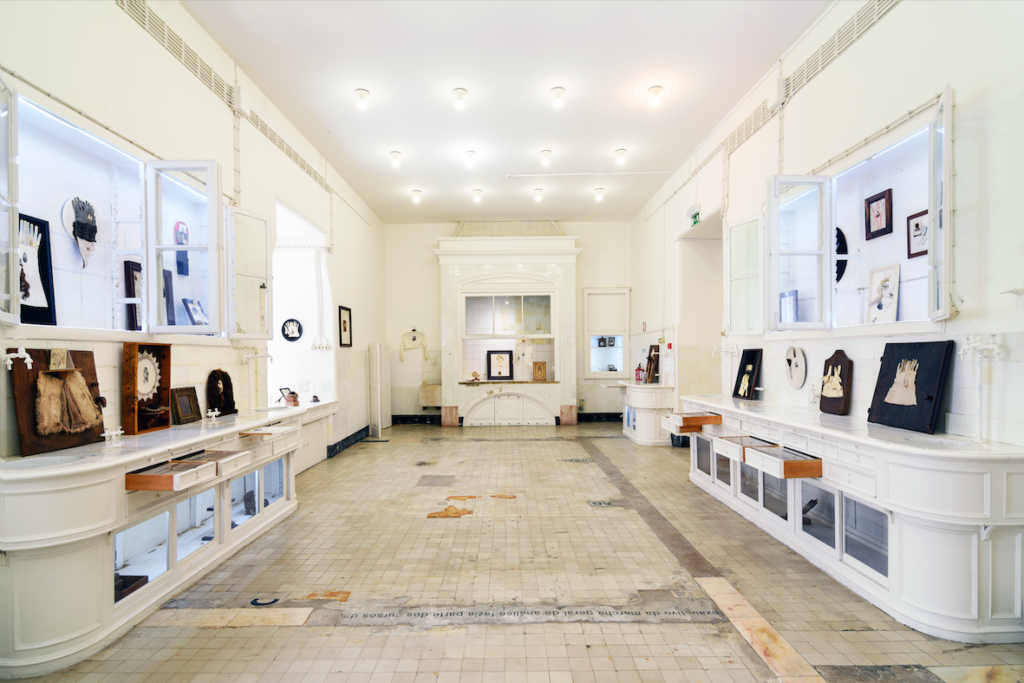
Born 1965 in Paris, France, Constança Meira lives and works from Lisbon.
Education: 1978 / 83. ST GEORGE’S SCHOOL, Rome, Italy | 1983 / 84. SACI (Studio Art Center International), Florence, Italy | 1984 / 88. CLEVELAND INSTITUTE OF ART, Cleveland , Ohio, USA | 1988 / 89. AR.CO (Centre of Art and Visual Communication) Lisbon, Portugal – Drawing with Prof. Miguel Branco | 1991 / 92. IL BISONTE (Cultural Centre for the Study of Graphic Art), Florence, Italy – Specialisation in Colour Engraving | Scholarship at F.C. GULBENKIAN
The artist can be contacted via this email or visit here for more info about Constança Meira

